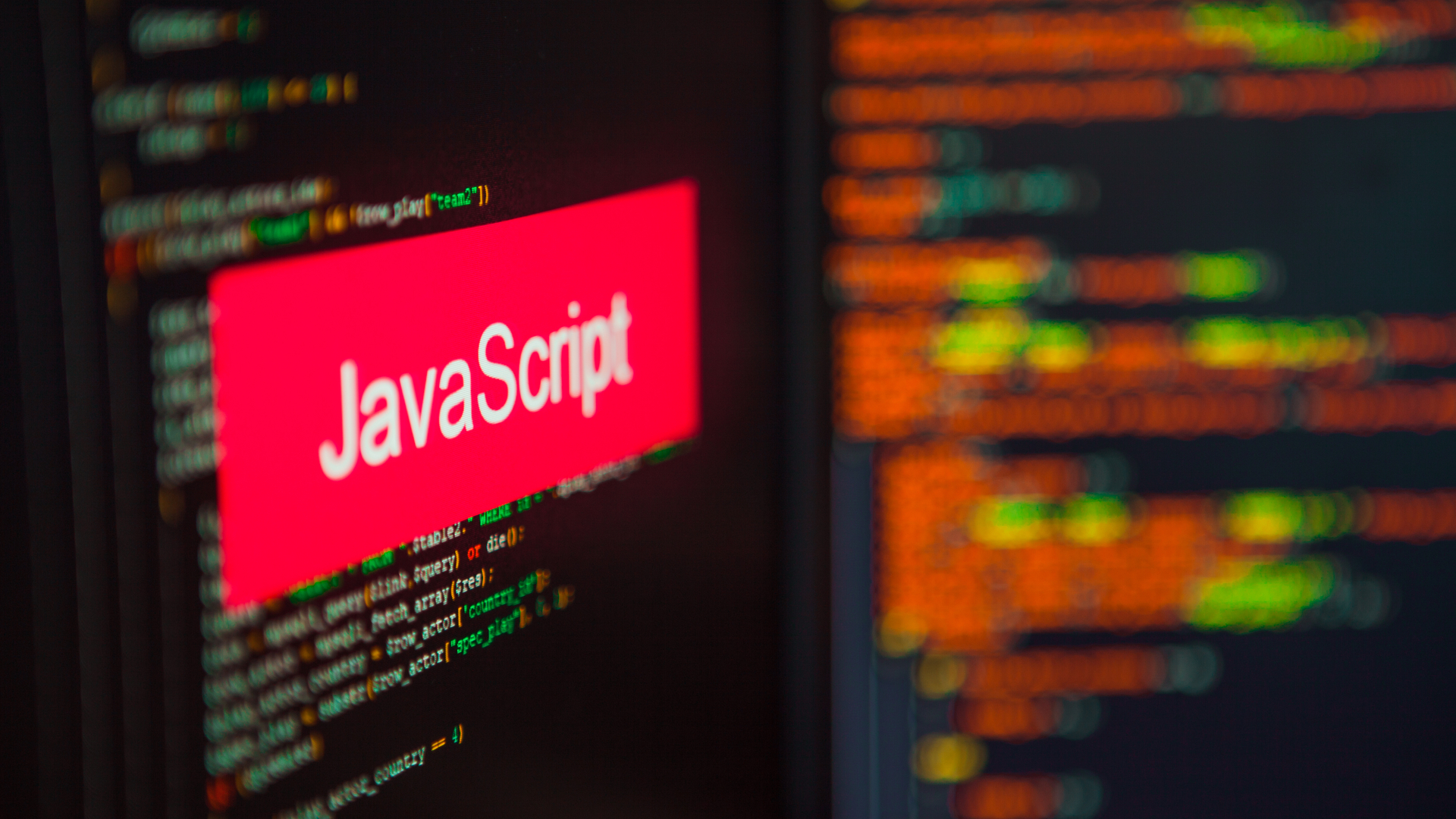Why should you learn Java?
We explain why Java is still the top programming language to learn, and why it's persisted as such for over 30 years


Although its initial release was over 30 years ago, Java is still one of the most in-demand and useful programming languages in modern technology.
Java came into fruition in 1991 during a time when C++ ruled the world of business application development, which made things rather complicated and platform dependent. In an effort to simplify the process of building applications for businesses, James Gosling and his team at Sun Microsystems created Java to be an object-oriented, interpreted programming language that also supports multi-threading programming.
This helped Java to conquer numerous software fields in the years to follow. Sure, today Java has lost a few of them at the hands of newer programming languages such as JavaScript and Python. However, its dependability, security, stability, and many other benefits continue to make a Java development company and Java developers incredibly valuable resources for creating business applications.
Why learn Java?

Developers may be asking themselves why they should learn a programming language that is nearly three decades old. After all, there are numerous newer languages and platforms to learn. There are numerous reasons why Java continues to be a leader in the world of development and why it is still a language worth learning.
Although Java's many benefits and capabilities make it a very diverse language, it is actually fairly easy to learn and master for developers of all skill levels. It is an object-oriented, high-level language, complete with many automated processes for easy use.
Garbage collection, for example, frees up memory and does not require triggering by the developer in Java. Its syntax is also similar to English, which makes it less complicated to understand and write when compared with less straightforward programming languages.
Additionally, there are many tutorials, forums, and communities available online for programmers to consult when stuck on something. With over seven million Java developers in the world as of 2019, there is an enormous support community to learn from.
Get the ITPro daily newsletter
Sign up today and you will receive a free copy of our Future Focus 2025 report - the leading guidance on AI, cybersecurity and other IT challenges as per 700+ senior executives
A mainstay in programming languages
It’s no coincidence that Java has been the number one programming language in the world for years. Java allows developers to do nearly everything required in the world of computing. For example, the development of complete web applications, whether for the internet or intranet, is possible with the Jakarta EE specification within the language.
JavaFX was developed by the OpenJFX community as a more modern solution for developing graphical interfaces. Leading service providers in the world of cloud computing, including Google, Microsoft, and Amazon, all support Java for application development as well. What’s more - it is also widely used in the rapidly expanding world of the Internet of Things.
Java is platform-independent, which means that applications only have to be created in one operating system and compiled to bytecode to be able to run on any other platform that supports the Java Virtual Machine. This is the basis of Java’s well-known “Write Once, Run Anywhere” motto.
The use cases of Java span from laptops and mobile phones to gaming consoles and business applications. As a platform-independent and incredibly versatile language, developers are able to create applications for a wide array of projects and industries. Huge corporations continue to use it, including Google, Instagram, LinkedIn, Pinterest, Spotify, and Airbnb, just to name a few.
Thanks to Oracle’s takeover of Java since Java 9, a faster-paced lifecycle of new releases is active to keep up with the times. This new lifecycle promises a new version of Java every six months, complete with new features to help evolve the language faster while responding faster to new technologies or gaps in the world of programming. Oracle has kept up with this pace since September 2017 and the release of Java 9.
How much does Java cost?

Under the Oracle Binary Code License, it is free to use Java for non-commercial purposes, meaning developers do not have to pay to develop personal projects with the language. This is great for beginning developers or those just starting to learn the language. When used in a commercial setting, there's a one-year term subscription for £23.96 available for desktops, or one for desktops, servers, and cloud deployments for between £215.65 and £239.61.
For those developers looking to get a high paying job in the professional world, Java is an ideal language to master. As Java use in businesses is widely popular, developers who become experts with the language can expect to reach and exceed five-figure salaries. Entry-level Java developers can still expect to make an average salary of nearly £55,000 a year according to UK.Talent.
It's time to learn Java
Java is still “the” programming language for developers to master. Whether trying to get a job at a software development company or acting as a freelance developer, Java is a must-have language in a developer’s tool belt and is applicable to a multitude of projects regardless of field, business sector, or type of program.
Given its ease of use, continual updates, enormous community, and many applications, Java has continued and will continue to be the most-used programming language in the tech world.
Malcom is a tech expert specializing in the software outsourcing industry. He has access to the latest market news and has a keen eye for innovation and what's next for technology businesses.
-
 Bigger salaries, more burnout: Is the CISO role in crisis?
Bigger salaries, more burnout: Is the CISO role in crisis?In-depth CISOs are more stressed than ever before – but why is this and what can be done?
By Kate O'Flaherty Published
-
 Cheap cyber crime kits can be bought on the dark web for less than $25
Cheap cyber crime kits can be bought on the dark web for less than $25News Research from NordVPN shows phishing kits are now widely available on the dark web and via messaging apps like Telegram, and are often selling for less than $25.
By Emma Woollacott Published